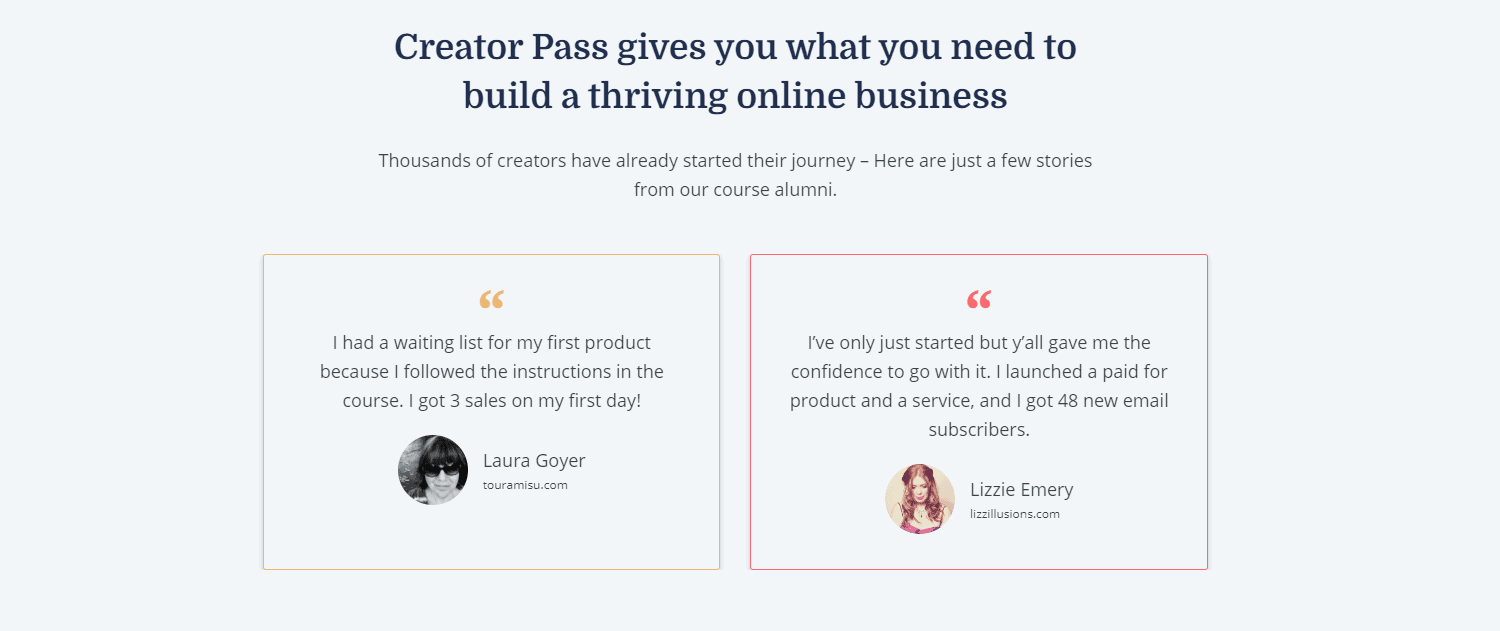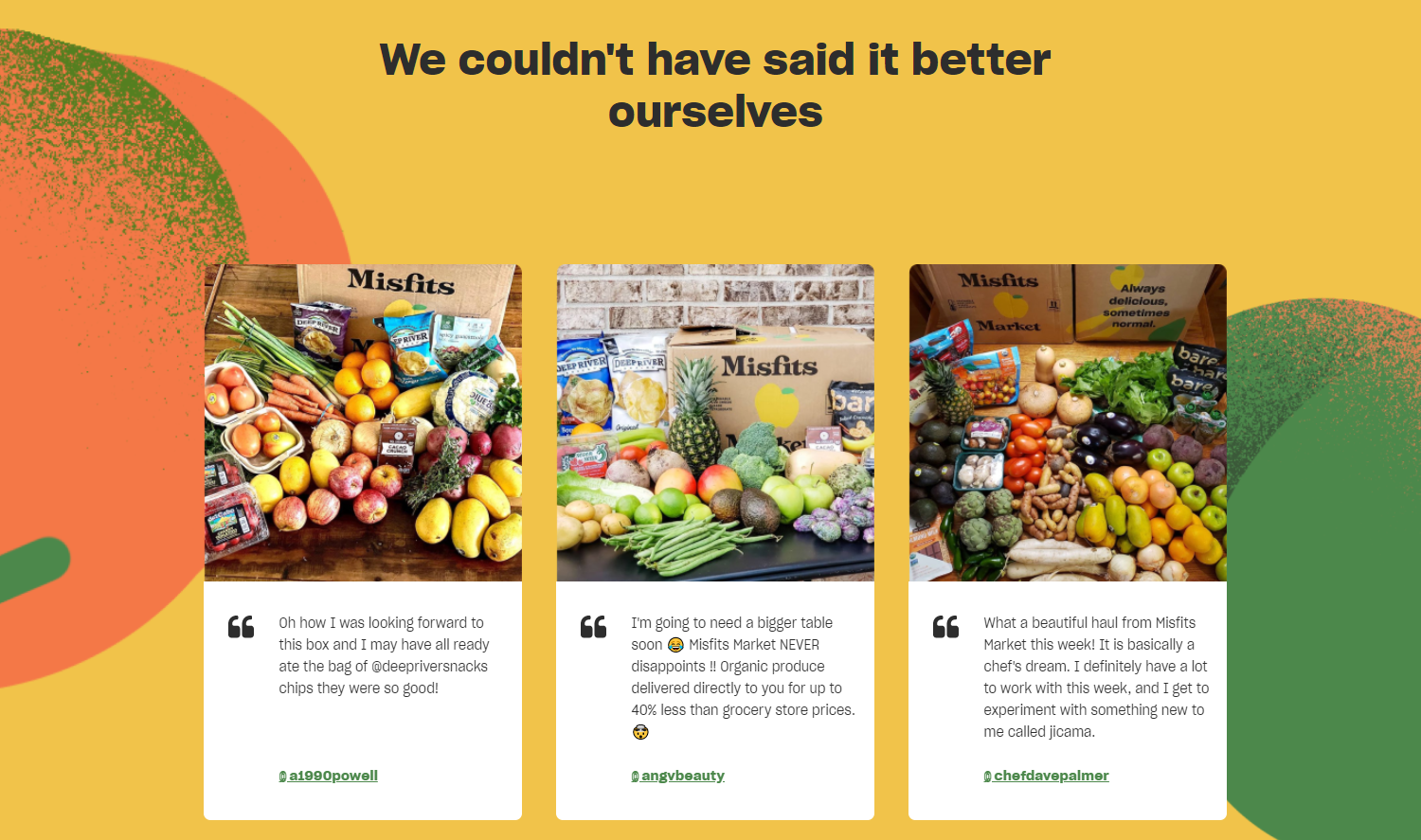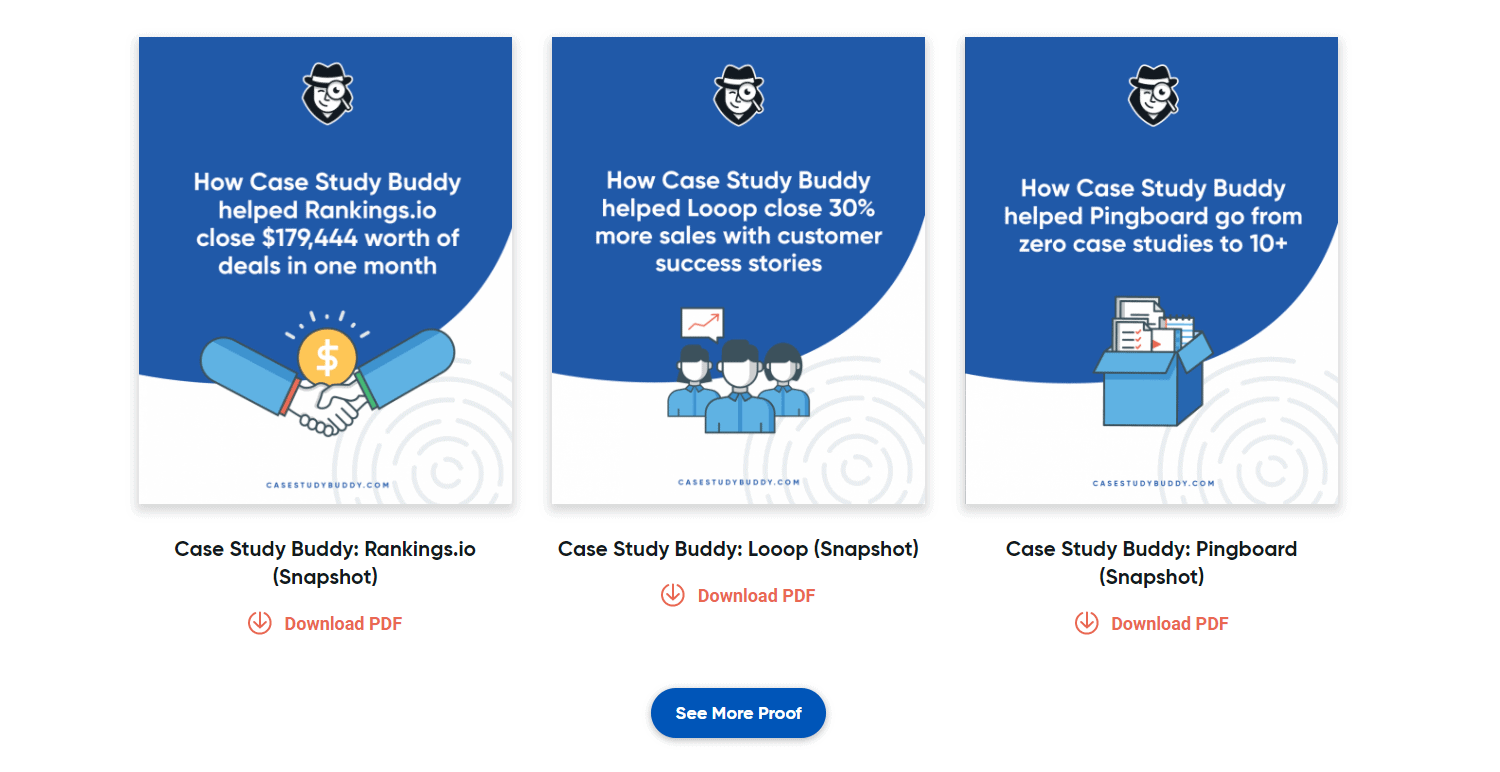You’ve probably heard this more than a few times on your favorite marketing podcast:
“Add some social proof.”
There’s a good reason it’s repeated so often: When you use compelling social proof on your landing pages, you can more than double your conversion rate.
You may be wondering, “What the heck is social proof and how can I get in on these juicy conversions?”
Let’s get rolling.
What Is Social Proof and Why Should You Care?
Social proof is evidence that shows people approve of your product or service:
- Reviews and testimonials
- Social media support and mentions
- Case studies
Here’s how social proof works:
Imagine you’re looking for a new dentist. You visit a local dental office’s website, which gives you a good idea of their services, location, and hours. But further—ahem— “drilling into the site” reveals hundreds of positive reviews from past and current patients. These reviews increase your confidence in the practice and encourage you to book an appointment.
That’s social proof in action.
You can work hard on your marketing copy to build customer trust but, at the end of the day, that content still comes from you. Today’s consumers need proof from people like them to have faith in you.
After all, three of the top five factors that help Americans trust a company involve the opinions of other people—reputation, reviews, and recommendations from loved ones.
Social proof is even more important for small businesses. Since you don’t have the established trust that comes from a well-known brand name, you’ll need all the evidence you can get to support your credibility and reliability.
Fortunately, today’s online communication tools make it easier than ever to tap into the power of social proof.
How to Use Social Proof on Your Landing Page (with Examples)
Your landing page is like your elevator pitch: If you plan on using social proof here, you’ll need to make a big impression—fast.
But not all social proof is equal, as Copyhackers’ Joanna Wiebe discussed in a previous blog post sharing examples of weak social proof that backfired.
The effectiveness of social proof depends on your audience. Just as mismatched social proof can turn customers away, audience-centered social proof can bring them in.
Try adding one of the following three kinds of social proof to your landing page.
Add customer reviews and quotes
Customer reviews and quotes are a classic form of social proof—and for good reason. They express what folks have to say about your product.
The stats out there also back up their effectiveness. According to Northwestern University’s Spiegel Research Center, online reviews can raise conversion rates by as much as 270%.
To get the best results from this type of social proof, we recommend using quotes that bust common myths or relieve hesitations about your product.
An entire section dedicated to these reviews can be worked into your landing page’s overall flow.

The landing page for ConvertKit’s Creator Pass includes two quotes that answer the main question on a prospect’s mind: “Will I actually get results?” The selected reviews share exact subscriber and sales numbers, providing powerful evidence of the program’s effectiveness.
Share “public” support from social media
If you have customers on social media posting about your product, try sharing some of those posts on your landing pages, too. User-generated content like social media posts offers powerful and easy-to-make social proof.
Plus, short testimonials have high conversion power. Graduate jobs website WikiJobs learned from A/B testing that a few lines of testimonials make a big difference. A product landing page with three small testimonials earned 34% more purchases than a similar version without them.

Produce subscription service Misfits Market shares a few Instagram posts from the wild on its landing page. By using both the image and the caption, Misfits Market gets beautiful visuals and subscriber testimonials.
Social media testimonials are an easy solution when you don’t have reviews on other platforms. Many social media users are happy to have their testimonials shared by the brands they love. Just make sure to ask the author for permission before using their post.
Highlight results-driven case studies
Case studies show the results you can achieve, and they also back up the claims you make. Most case studies are documents or web pages that explain in detail how your product or service helped a specific customer.

On the service page for Case Study Buddy, you’ll see how you could include this kind of social proof on your landing page. Each of the case study titles sums up the customer’s results in a single phrase.
The key is to focus on measurable results. Make the strongest impression by writing a case study title from the client’s perspective with the formula: “We were able to increase [goal metric] by [amount] because of [product].”
Putting Social Proof into Practice
Now that you know what social proof is and how it can be used on your landing pages, why don’t you give it a go?
First, look through Facebook, Google, Yelp, G2, and other review sites to see if you have any customer quotes worth repurposing.
Then, add one of those reviews to an alternate version of your current landing page. You’ll use this “challenger variant” of your landing page to test against your current one.
With your different landing page variants set up, track how the version with social proof performs compared to the original version without it and see which one converts best.
Wanna get more out of social proof?
Sign up for a free 14-day Unbounce trial to start building your landing pages, create variants with social proof, and test them against each other to optimize your conversions.

![[Build – BOFU] Pricing – V2 – 2024](https://unbounce.com/photos/New_Pricing_2020_VisualCTA_UnlimitedLPPUSB.jpg)
